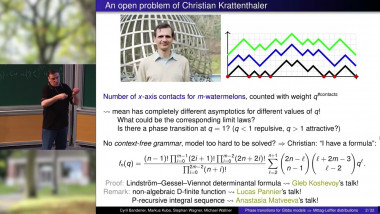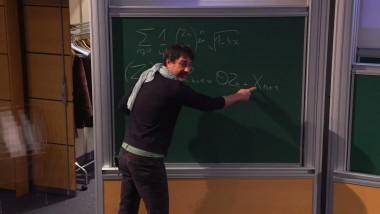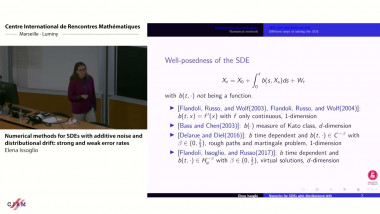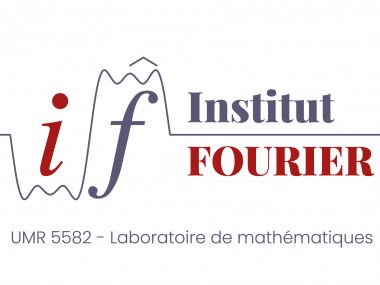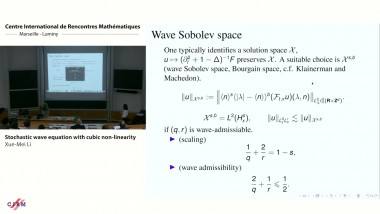Apparaît dans la collection : Advances in stochastic analysis for risk modeling / Avancées en analyse stochastique pour la modélisation des risques
I discuss some recent developments related to the robust framework for pricing and hedging in discrete time. I introduce pointwise approach based on pathspace restrictions and compare it with the quasi-sure setting of Bouchard and Nutz (2015), and show that their versions of the Fundamental Theorem of Asset Pricing and the Pricing-Hedging duality may be deduced one from the other via a construction of a suitable set of paths which represents a given set of measures. I show that the setup with statically traded hedging instruments can be naturally lifted to a setup with only dynamically traded assets without changing the superhedging prices. This allows one to deduce, in particular, a pricing-hedging duality for American options. Subsequently, I focus on the superhedging problem and discuss the choice of a trading strategy amongst all feasible super-hedging strategies. First, I establish existence of a minimal superhedging strategy and characterise its value via a concave envelope construction. Then I introduce a secondary problem of maximisation of expected utility of consumption. Building on Nutz (2014) and Blanchard and Carassus (2017) I provide suitable assumptions under which an optimal strategy exists and is unique. Finally, I also explain how additional information can be seen as a further restriction of the pathspace. This allows one to quantify to value of such a new information. The talk is based on a number of recent works (see references) as well as ongoing research with Johannes Wiesel.
